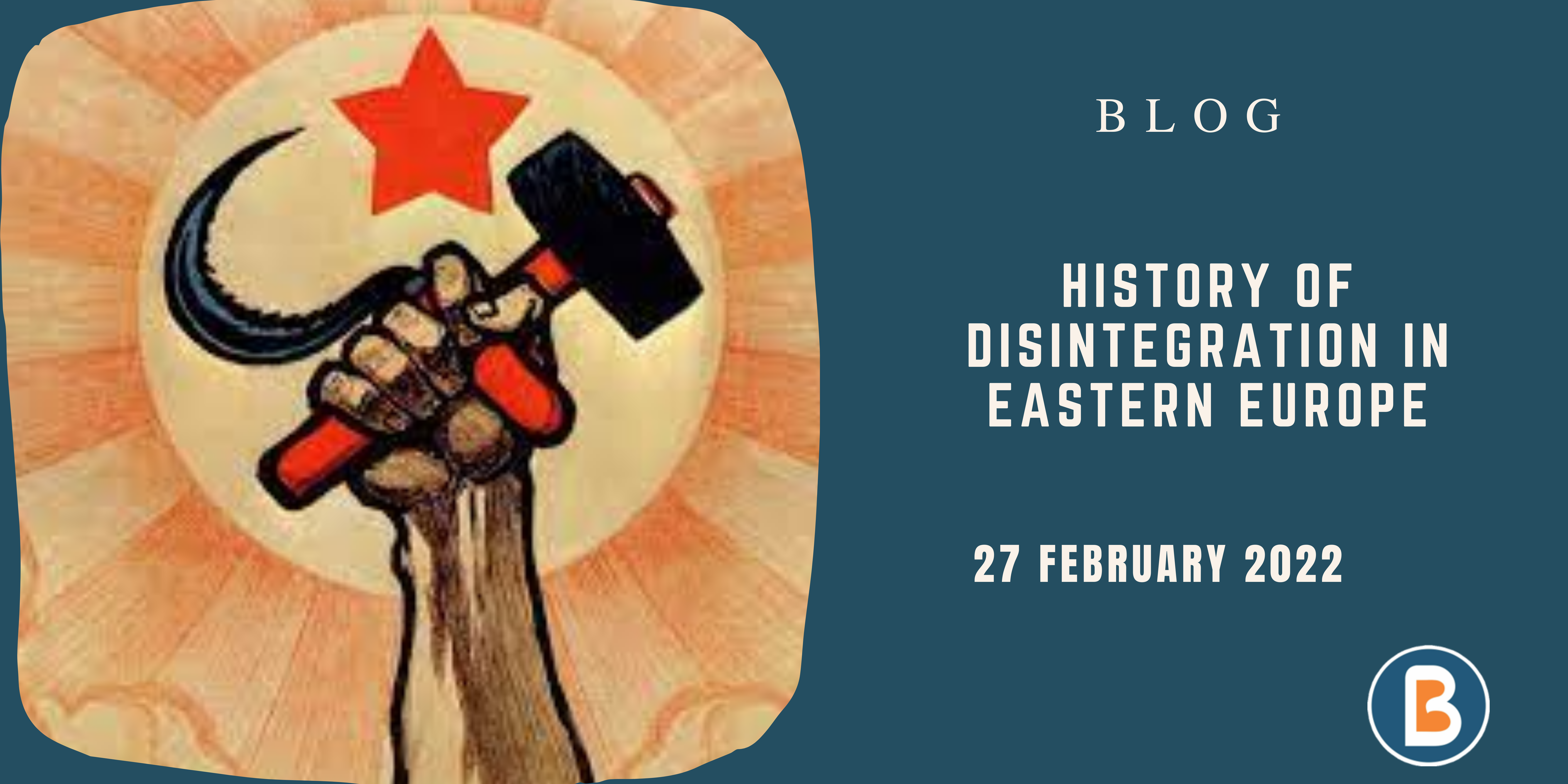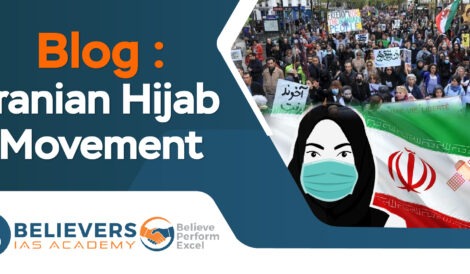History of Disintegration in Eastern Europe
Collapse of USSR:
- The decline of Soviet power began in the late 1980s with protests in the Eastern Bloc as well as in Soviet republics and the Soviet exit from Afghanistan.
- The Soviet Union sent troops to Afghanistan in 1979 to install a communist regime and after 10 years of fighting the Mujahideen, who were backed by the U.S., Pakistan and Saudi Arabia, the Soviets had to pull back in February 1989.
- Within months, Soviet-backed communist regimes in Eastern Europe started collapsing, practically bringing the Cold War to an end.
- It started in Poland, which hosted the headquarters of the Soviet-led Warsaw Pact security alliance.
- Protests spread to Hungary, East Germany, Bulgaria, Czechoslovakia and Romania.
- In June 1989, the anti-communist Solidarity movement, led by Lech Wałęsa, won an overwhelming victory in a partially free election in Poland, leading to the peaceful fall of communist rule.
- It triggered a chain reaction across the Eastern Bloc.
- In November 1989, the Berlin Wall that had separated the capitalist West Berlin and the communist east, fell, leading to the German reunification a year later.
Warsaw Pact:
- The Warsaw Treaty Organization (also known as the Warsaw Pact) was a political and military alliance established on May 14, 1955 between the Soviet Unionand several Eastern European countries.
- The Soviet Union formed this alliance as a counterbalance to NATO, a collective security alliance concluded between the United States, Canada and Western European nations in 1949.
Important Incidents:
- The fall of communist states in the Eastern Bloc and the economic stagnation within the country had a debilitating impact on Moscow’s hold over the Union.
- Crisis was spreading across the Soviet republics and Gorbachev was planning to decentralise much of the central government’s powers to the 15 republics through the New Union Treaty, which was also a bid to renegotiate the original treaty that established the USSR in 1922.
- In 1991, faced with the crisis in the Union, a group of communist hardliners, including top military and civilian leaders, tried to take power in their hands by ousting Gorbachev in a coup.
- But the coup failed, and a further weakened Gorbachev continued to cling on to power.
- On December 8, 1991, leaders of three Soviet republics—Russian President Boris Yeltsin, Ukrainian President Leonid Kravchuk and Belarusian Prime Minister Vyacheslav Kebich — signed Belavezha Accords, announcing that the USSR no longer existed.
- They also announced the establishment of the Commonwealth of Independent States (CIS) that would replace the USSR.
Policies of Gorbechev that had unintended consequences:
- Perestroika – refers to the reconstruction of the political and economic system established by the Communist Party.
- Politically, contested elections were introduced to reflect the democratic practices of Western society and allow citizens to have a slight say in government.
- Economically, Perestroika called for de-monopolization and some semi-private businesses to function, ending the price controls established by the government for the past seven decades.
- The goal was to create a semi-free market system, reflecting successful capitalist practices in the economies of Germany, Japan, and the United States.
- The term Glasnost means “openness” and was the name for the social and political reforms to bestow more rights and freedoms upon the Soviet people. Its goals were to include more people in the political process through freedom of expression.
- Though both reforms looked progressive, they had unintended consequences
Relations of Russia with the former Soviet States
- Of the former Soviet republics, nine are members of the CIS – Armenia, Azerbaijan, Belarus, Kazakhstan, Kyrgyzstan, Moldova, Russia, Tajikistan, Uzbekistan.
- And Turkmenistan is an associate member. Russia retains enormous influence in these countries. Russia has also formed a security organisation, the Collective Security Treaty Organisation (CSTO), with former Soviet republics.
- Armenia, Belarus, Kazakhstan, Kyrgyzstan and Tajikistan are CSTO members, besides the Russian Federation.
- Of the 15 republics that became independent after the fall of the Soviet Union, the three Baltic countries — Latvia, Lithuania and Estonia, all sharing borders with Russia — became members of NATO in 2004.
- Ukraine and Georgia were offered NATO membership in 2008.
- But in the same year, Russia sent troops to Georgia in the name of protecting two breakaway republics — South Ossetia and Abkhazia — against attacks from Georgian troops.
- In 2014, Russia annexed the Crimean republic, a Black Sea Peninsula, from Ukraine.
Collective Security Treaty Organisation
- When the Cold War drew to a close in 1991, the Warsaw Pact, an alliance of eight socialist states, and the Soviet Union’s answer to NATO, dissolved. Less than a year later, Russia and five of its allies in the Commonwealth of Independent States, which was nothing but a loose club of post-Soviet countries, signed a new Collective Security Treaty, which came into force in 1994.
- Today it has six members: Armenia, Belarus, Kazakhstan, Kyrgyzstan, Russia and Tajikistan. Uzbekistan had quit the alliance in 2012.
Ukraine – Russia:
- After it became independent in 1991, Ukraine largely adopted a neutral foreign policy.
- It was one of the founding members of the CIS, but did not join the CSTO, the security organisation.
- Ukraine stayed away from NATO as well. But the NATO offer of membership in 2008 started changing equations between Moscow and Kyiv.
- After the regime of pro-Russian Viktor Yanukovych was brought down in the 2014 Euromaidan protests and a pro-West government was established in Kyiv, relations turned hostile.
- Russia moved swiftly to take Crimea, which also hosts Russia’s Black Sea fleet, and started supporting separatist rebels in Donbass.
- Ukraine later exited the CIS and wrote its desire to join NATO into its Constitution.
- These developments pulled the countries apart, setting the stage for permanent hostility, which led to the current conflict.
Source The Hindu




